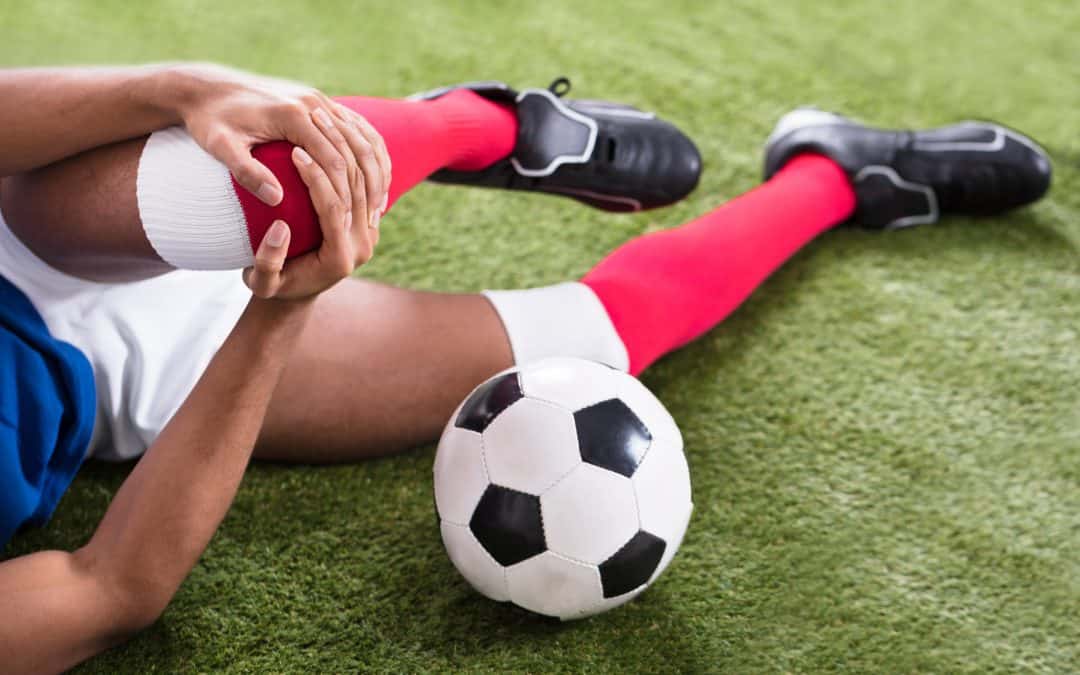Australia’s love of all types of sport is a part of our cultural uniqueness. But with that passion comes the burden of sports injuries. Research from the Australian Institute of Health and Welfare conducted in 2016-17 showed that almost 60,000 people over 15 years old were hospitalised due to a sports-related injury during that period.
So what sports carry the highest risk of injury?
Making up the top 5 for men are:
- Cycling
- AFL
- Rugby
- Soccer
- Motorsports
And for women:
- Equestrian Activities
- Netball
- Cycling
- Soccer
- Skiing/Ice Skating/Snowboarding
Of note, is that all codes of football combined (Soccer, AFL, and Rugby) account for more than a third of hospitalizations, and usually in the hip, shoulder, and knee regions of the body.
And the injuries themselves? By far, with just over 50%, fractures are the most common sports injuries, followed by soft-tissue injuries with 17.4%. Of all the injuries, the hip and lower limbs (excluding the ankle and foot) accounted for more than 28% of injuries, followed by shoulder and upper limb injuries accounting for just over 21%.
If someone is injured playing a sport, what can you do about it?
If you see someone injured during play, especially if it’s one of your kids, the first thing you should do is figure out if there’s a suspected fracture or head injury – which generally means an immediate trip to the hospital.
Sprain and Strain
Signs and symptoms to figure out if it’s a sprain include:
- Intense pain
- Restricted movement of injured joint
- Rapid development of bruising and swelling
A strain’s symptoms include:
- Sharp, sudden pain in the region of the injury
- Loss of power
- Muscle tenderness
Once establishing that you or someone don’t need hospitalization, St John Ambulance recommends following the RICE and HARM systems, which are:
- Rest the patient and the injured part
- Apply an Ice pack or cold pack for 15 minutes every 2 hours for 24 hours, then for 15 minutes every 4 hours for 24 hours
- Apply a Compression bandage firmly to extend well beyond the injury
- Elevate the injured part
Then, avoid HARM, which means:
- Heat
- Alcohol
- Running (or exercise of the injured area)
- Massage
If symptoms persist, consult a physician.
What to do when an injury occurs
It’s always best to err on the side of caution with your sports injuries, or those of your children. While there are many occasions where you can gauge the seriousness of an injury, untreated tears or joint injuries left unchecked can lead to repeated and more serious injuries down the track. (Related Article: Injuries During Sport: When To Consider Surgery)
By consulting with an orthopaedic specialist such as Dr Jens Buelow as soon as possible after an injury, the better your chances of receiving minimally invasive treatment and reduce the time of rehabilitation. Dr Buelow is a specialist in achilles, shoulder and knee reconstructions in Perth, WA, and is available to be contacted via our contact form for more information.

